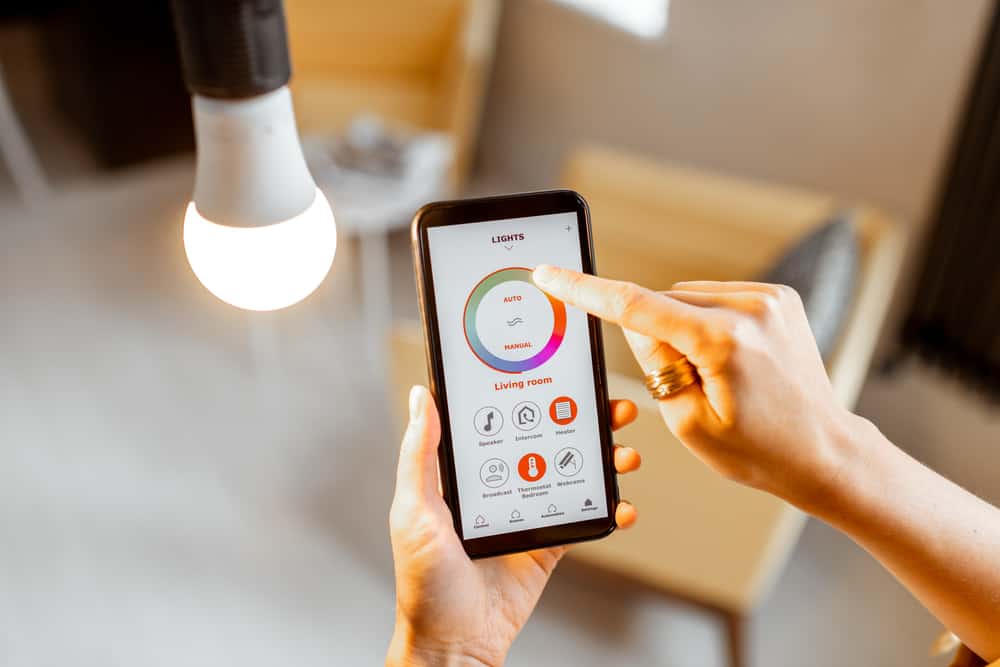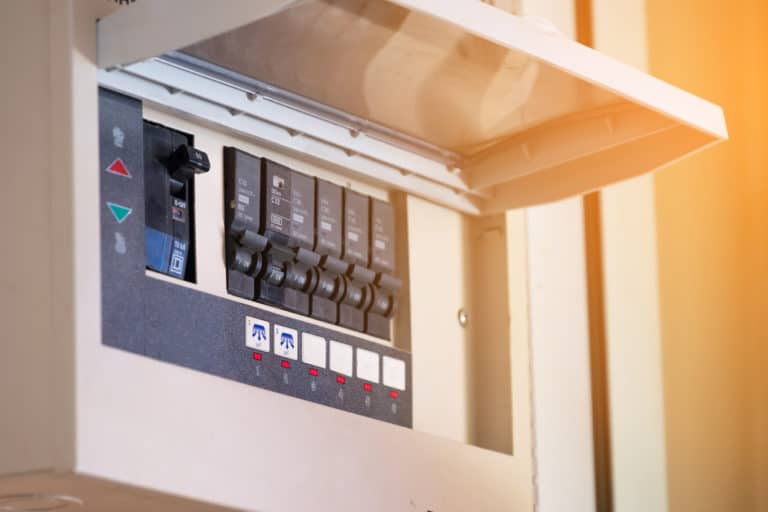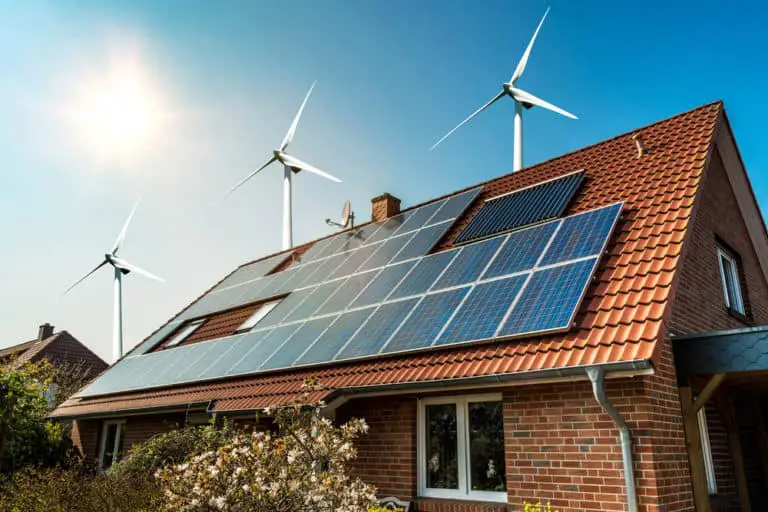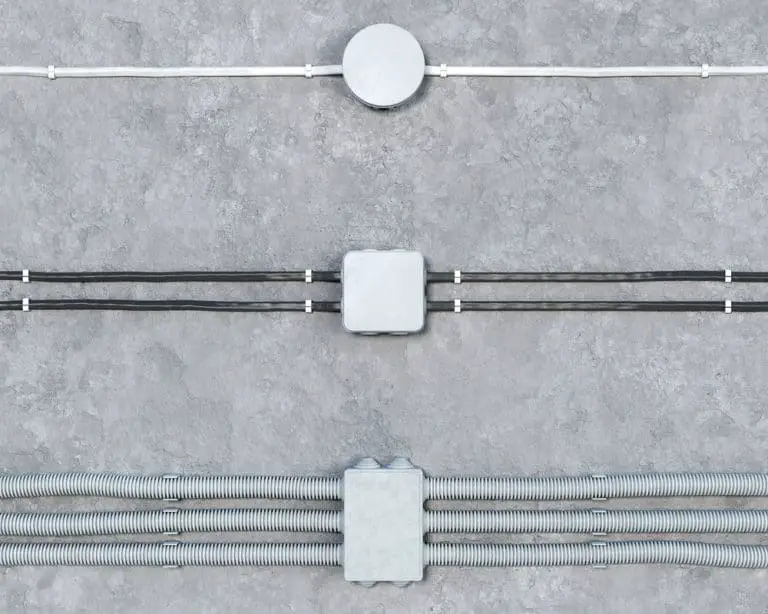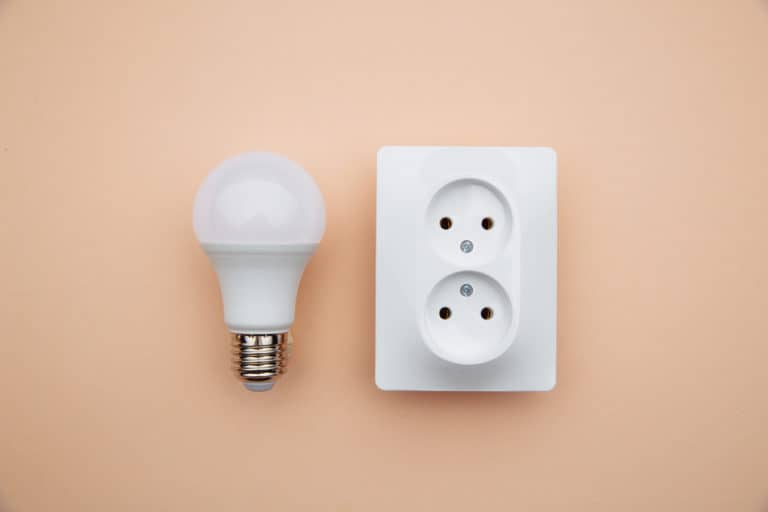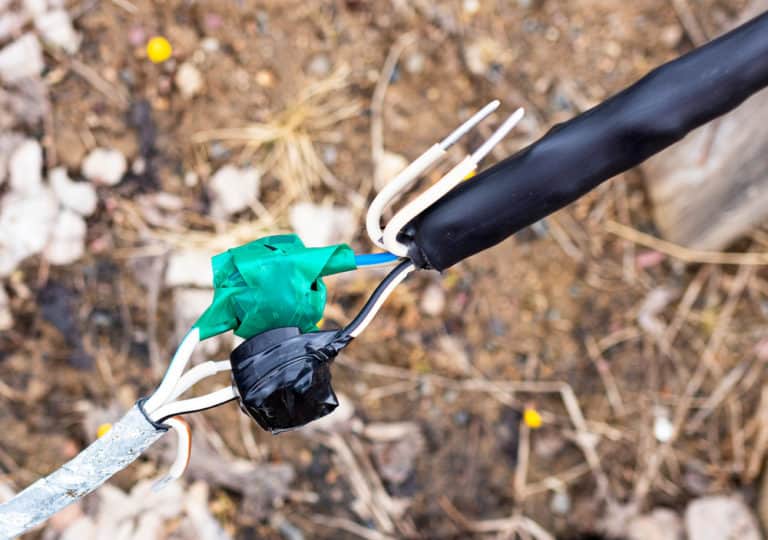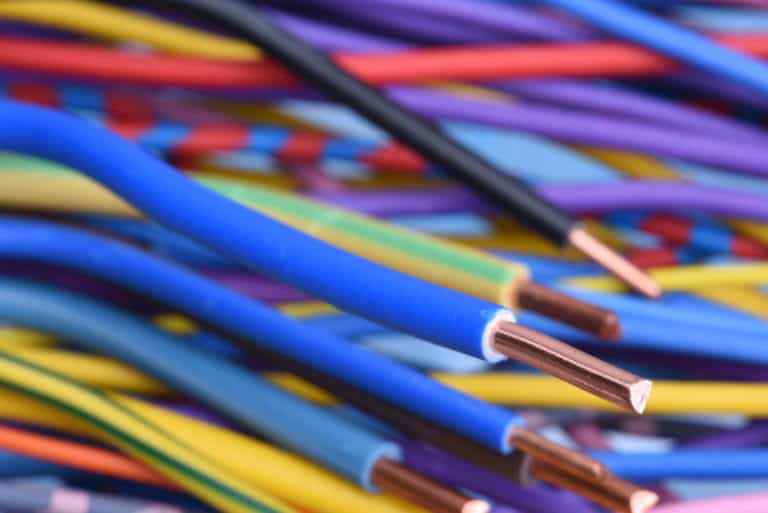Do Smart Lights Use Less Power?
Smart lights are the upgraded version of LED lights and can be activated and controlled via Wi-Fi and smart apps, allowing you to control not only when they come on and switch off but also the brightness and even lighting effects – but do they use less power?
Smart lights do use less power than conventional incandescent bulbs as they are LED. We know that LED lights are the most energy-efficient available, so smart lights will be more energy-efficient than fluorescent energy savers – but how much power do they use in standby mode?
Here is where these products will use more power than a standard LED lamp, as when they are in standby mode, they still use a small amount of electricity so they can activate when you need them to – let’s find out how much power is actually involved.
How Do Smart Lights Work?
Before we look at how much energy-smart lights use, we need to understand a little more about how they work. Smart lights have connectivity capacity and can connect to your Wi-Fi or Bluetooth so that they can be controlled via an app.
Yep! Whether Thomas Edison would have seen this coming when he finally delivered a working electric incandescent light bulb is doubtful. Still, you can now control your lighting through your smartphone using smart lights.
To do this, they require a small level of power running through their electronics to ensure that they will respond when you want to activate them. So even when you switch them off and no longer emit light, they still use power to maintain standby functionality.
The real question is how much electricity these smart lights use in standby mode, and is it enough to make a noticeable difference on your electric bill?
How Much Electricity Do Smart Lights Use In Standby Mode?
If you’ve never heard the term ‘vampire power,’ it’s used to describe any device or appliance that still uses small amounts of electricity even when they are off. If you honestly think you don’t have any of these in your home, think again.
All those silently glowing LEDs on your TVs, home theatre components like amplifiers and powered sub-woofers, microwaves, video game consoles, coffee machines, and anything that uses a remote control or any device that tells time are all electricity vampires.
As more and more homeowners actively look to blend convenience and efficiency, smart lights are becoming more commonplace. Still, most people may not be aware of their shady vampirical properties, which becomes a factor when you have several of these devices in your home.
Standby power is minimal and fractional compared to the power draw when the light is on. So a 5W smart light could only be using around 0,2W on standby and reaching 1W of consumption; it would need to run for 5 hours.
Using up one unit of electricity or 1kWh would need to run for 5000 hours or 208 days! Most smart lights use standby power between 0,15W and 0,3W, so an average of around 0,2W is a good benchmark for this discussion.
Where you only have one or two smart lights and no other devices that use standby, this minuscule amount of electricity would cost you about 20c per year, but the issue comes in when you have more than two, and where most homes are concerned, there are significantly more than two.
In the next segment, we will look at Smart lights VS. conventional LED lights, and there you will see that smart lights will use more power – but how much more is the question.
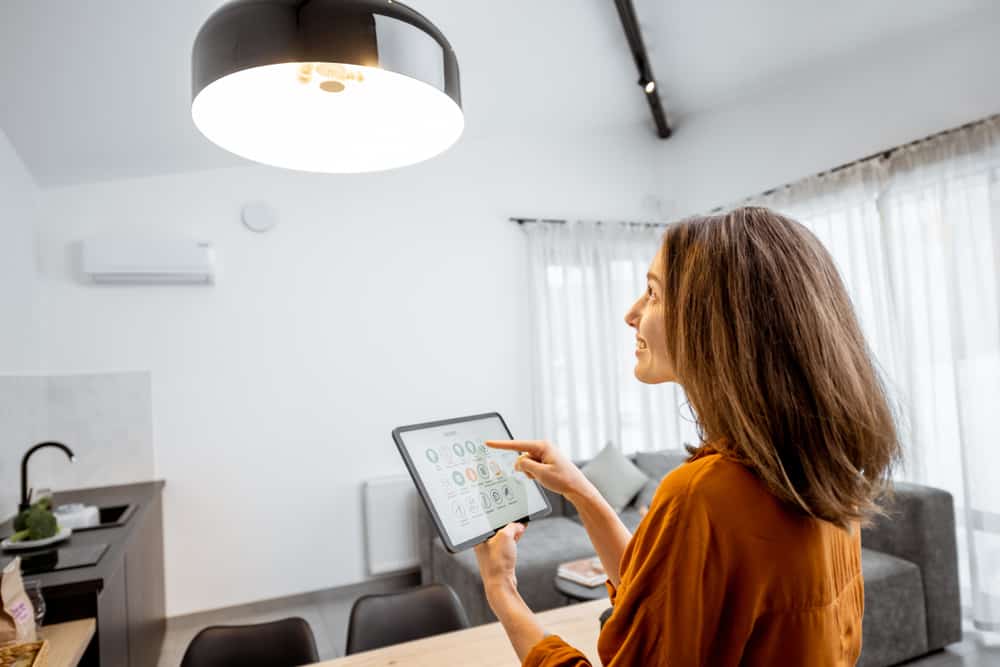
Do Smart Lights Use Less Or More Power Than LED?
For this example, we will use a standard home (House A) with 40 LED lights inside the house, each rated at 5W, covering the bedrooms, lounge, kitchen, and outdoor patio area, and compare that to the power consumption of the same home using smart lights (House B).
For this example, we will assume a standby power usage of 0,2W for the smart lights in House B.
When all the lights in ‘House A’ and ‘House B’ are all running, the power consumption for lighting is 200W or 0,2kWh. This means that to use one unit of electricity costing about 15c, they would need to run for 5 hours.
This usage doesn’t change when the lights are on, as they are all rated at 5W, but when switched off, you will see a difference. Let’s assume we have a meter connected to the lighting circuit of each house to measure the electricity consumption.
When both houses have their lights on, the meter will show 200W of electricity being used per hour, but when the lamps in House A are turned off, the meter will display zero electricity being consumed.
But, when the lights in House B are turned off, the meter will continue to show electricity being consumed. With each smart morning using 0,2W in standby and there are 40 smart lights, this will equate to 8W of electricity being used!
This is the equivalent of having two LED lights running, even though the lights themselves are turned off, and here is where smart lights can cost you money – and you need to be aware of this.
How Much Would Smart Lights Cost?
Taking the calculations above and working on a kWh tariff of 15c, 40 smart lights using 8W for standby would need to run for 125 hours or about five days to clock up one kWh of electricity. Over a month, this would equate to 80c extra on your utility account.
Over 12 months, this would mean you are paying around $9.60 extra per year in standby power just for your lights- this doesn’t include any other devices that use vampire power. Over ten years, this would be more than $100, factoring in electricity price increases.
While this doesn’t seem like a lot, remember that conventional LEDs would cost you nothing extra, and you are paying for the convenience of smart lamps, and you need to balance this minimal cost with the cost of the smart lights, which are much more expensive than normal LEDs.
We have a selection of articles on Porch lights, brightness location, color and more lighting options. We have highlighted some below but you can search if you need more.
- how bright should a porch light be
- what is the best color for a porch light
- covered deck lighting ideas
- how can i light a balcony without an outlet
- do smart lights use less power
- how far from the door should a porch light be
- Can you wire an outside light to a plug socket
Conclusion
While smart lights use less power than incandescent lamps, they do not use less power than standard LEDs as they have a tiny electrical draw while they are in standby mode, and while this would only apply where you have a good number of them, it is a factor.
Realistically though, the convenience of having your lighting controls at your fingertips is probably worth that very small extra cost incurred due to standby power, but if you don’t want any power consumption when your lights are off, then opt for LEDs.

